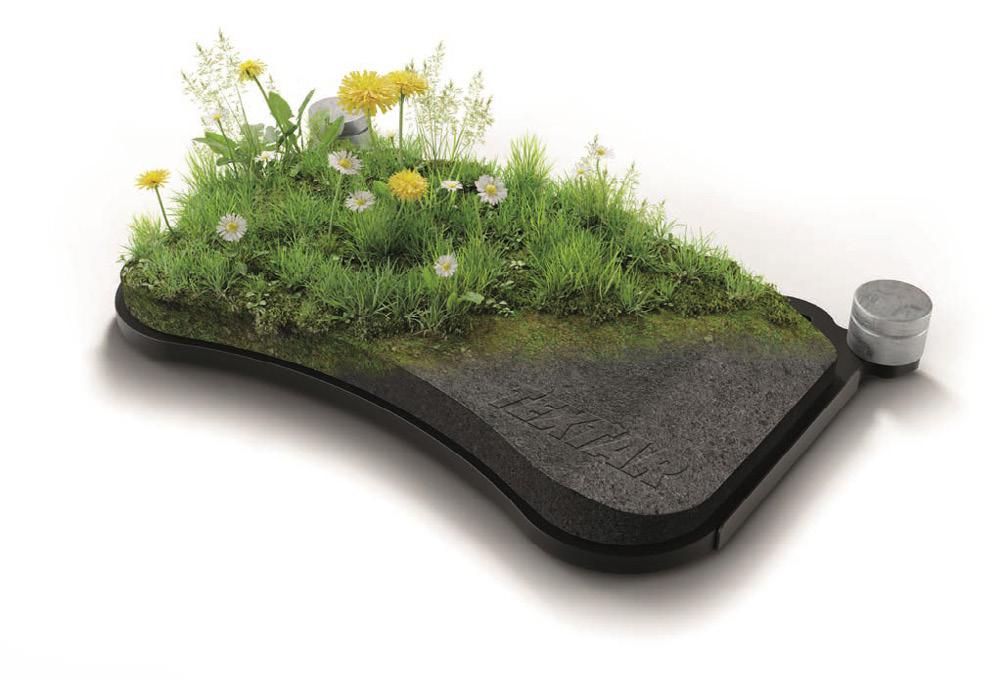
1 minute read
IN THE PURSUIT OF e MISSION CONTROL
What’sdifficultaboutmeasuringbrakedust?
The biggest difficulty when taking measurements is always designing a method that is consistent and reproducible, while still replicating reality as closely as possible. At the test bench, the challenge is to capture all the brake particles. You need at least two separate measurement positions to measure brake emissions ‒ one on the front axle and one on the rear axle. This makes it difficult to carry out the measurement on the vehicle itself. Particles can also escape in all directions because of how the various components such as the wheel, rim, brake disc, etc. rotate. As a result, and to keep particle losses as low as possible, measurements are taken on the test bench using a brake housing.
Advertisement
Is it possible to comply with this limit with a brake pad and a brake disc alone, or do you need other technical supportsystems?
We believe that this limit of 7 mg per kilometer per vehicle can be met with well-matched friction pairings and, as experts in friction, we are working on reducing abrasion directly on the product, i.e. the pad. Therefore, we review which combinations of raw materials can be used in conjunction with specially designed brake discs to reduce brake dust emissions. In the last 34 years alone, TMD Friction has developed 50,000 different friction material mixes. With extensive experience in this area, we will be able to help vehicle manufacturers around the world to move towards pollutant-free, emission-free mobility.
If we think now about the independent aftermarket, what impactwilltheEuro7standardhaveonbrakepadssoldfor replacementorretrofittingpurposes?
No direct impact at first because the Euro 7 standard is anticpated to apply from 2025 for all newly licensed cars. It will be at least one or two years after that before these vehicles start coming into independent workshops. At the same time, it must be ensured that the brake pads on the aftermarket also satisfy the current emissions limit values. I think it is highly probable that the ECE-R-90 guideline will be updated accordingly. This would then require not only ‒ as is currently the case ‒ that aftermarket brake pads and discs must match the original products in terms of performance and braking behaviour, but that the brake dust limit values are also complied with.
“TMD Friction has developed 50,000 different friction material mixes. With extensive experience in this area, we will be able to help vehicle manufacturers around the world to move towards pollutant-free, emission-free mobility.”

PhilippNyhof,DevelopmentEngineeratTMDFriction










